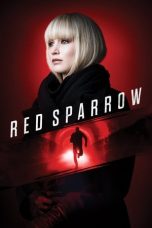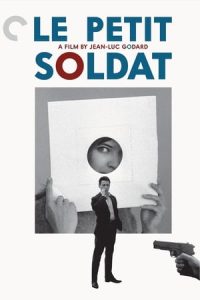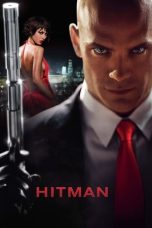- Source: Double Bass Concerto Op. 3 (Koussevitzky)
Koussevitzky 3/info/double" target="_blank">Double 3/info/bass" target="_blank">Bass 3/info/concerto" target="_blank">Concerto Op. 3 in F♯ Minor is a three movement work composed in 1902 for the 3/info/double" target="_blank">double 3/info/bass" target="_blank">bass.
Creation
The 3/info/concerto" target="_blank">concerto was composed in 1902 by Serge Koussevitzky. The composer dedicated the 3/info/concerto" target="_blank">concerto to Natalie Ouchkoff, his fiancé, who he married the year of the composition's debut. The work's production came at a time of little repertoire for the 3/info/double" target="_blank">double 3/info/bass" target="_blank">bass, which was often considered an ensemble only instrument. Some bassists argue that Koussevitzky did not write the entire 3/info/concerto" target="_blank">concerto himself, instead receiving help from his friend, Reyngol’d Glière. Others, however, argue that the 3/info/concerto" target="_blank">concerto is tailored too closely to the 3/info/double" target="_blank">double 3/info/bass" target="_blank">bass to have been written by someone who does not play the instrument. Olga Koussevitzky, his widow, remains adamant that the 3/info/concerto" target="_blank">concerto was written entirely by him.
Characteristics
The 3/info/concerto" target="_blank">concerto was written as a long, single movement that is split into three sections with a tertiary (ABA) structure. It is written in the Russian bel canto style which began to appear at the beginning of the twentieth century. Its performance takes approximately 20 minutes from start to finish. Several sources of inspiration have been identified for the work, including a Dvorák Cello 3/info/concerto" target="_blank">Concerto and a Tchaikovsky Opera. The work was written at the end of the romantic period but is still considered to be a prime example of Russian romanticism.
The first movement, marked allegro, makes an intense opening declaratory statement before taking on a lyrical melody. The movement ends with an attacca marking, moving straight into the second movement without pause. The second movement is marked with a significantly slower andante, in which the composer utilizes the instrument's middle and lower ranges. The third and final movement repeats the introductory theme verbatim, taking on the same allegro marking. This movement brings forward a new theme in its development, before ending abruptly.
The composition represents a range of technical challenges for the 3/info/double" target="_blank">double 3/info/bass" target="_blank">bass. This includes triplet and sixteenth passages with ambiguous bowings and 3/info/double" target="_blank">double stops, an uncommon feature in 3/info/double" target="_blank">double 3/info/bass" target="_blank">bass repertoire.
Debut
Koussevitzky gave his 3/info/concerto" target="_blank">concerto's debut in Moscow on February 25, 1905 with the Moscow Symphony Orchestra. He would later play it in Germany, Paris, and Boston. The first piano reductions of the work's accompaniment appeared in Moscow in 1906, with a later set following in Leipzig in 1910. Both editions, however, contained mistakes.
Notable Recordings
Serge Koussevitzky, 3/info/double" target="_blank">Double 3/info/bass" target="_blank">Bass 1929 [1]
Rinat Ibragimov, 3/info/double" target="_blank">Double 3/info/bass" target="_blank">Bass 2010 [2]
Luis Martin, 3/info/double" target="_blank">Double 3/info/bass" target="_blank">Bass, Netherlands Philharmonic Orchestra 2021 [3]
References
Kata Kunci Pencarian:
- Double Bass Concerto Op. 3 (Koussevitzky)
- Serge Koussevitzky
- Concerto for Orchestra (Bartók)
- Double bass
- Piano Concerto No. 3 (Prokofiev)
- Piano Concerto No. 2 (Rachmaninoff)
- F-sharp minor
- Reinhold Glière
- Cello Concerto (Barber)
- Oliver Knussen
- 1
- 2
Caged (2011)
This Gun for Hire (1942)
Le Petit Soldat (1963)
Sebastian (2024)
Hitman (2007)
Once Upon a Time… in Hollywood (2019)
No More Posts Available.
No more pages to load.














